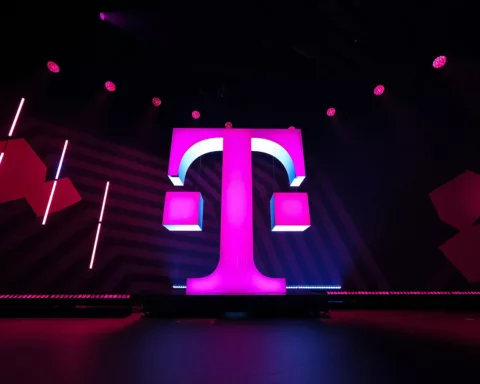That’s great news for vacationers, of course, who can share their photos on social media even faster. But 5G can do more than just fast uploads of private posts. On Germany’s only high-sea island, the new mobile communications generation is helping restaurants to offer better Wi-Fi. And on the mountains, it helps researchers analyze weather data collected by sensors more quickly and precisely.
Two examples that all point to one central message: Stable networks are the backbone of digitization. Whether based on mobile communications or broadband – they ensure fail-safe processes in a modern economy. In online stores as well as in production planning or along increasingly complex supply chains. Networked processes enable companies to track their flow of goods in real time, detect bottlenecks earlier and take direct countermeasures. This makes supply chains more resistant to external influences.
And reliable connectivity will become even more important in the future. For technologies such as artificial intelligence, blockchain or the digital twin to realize their full potential, they need high bandwidths and low latencies in the range of one millisecond, as 5G offers. This allows data to be processed in real time and the applications to be used reliably.
5G campus networks high on the agenda
A look into the engine room of our economy shows what this means. In the manufacturing industry, extensively connected assets are in demand. As our Digitization Index 2020/2021 (German only) shows, one in three SMEs uses remote control and monitoring of its machines as the basis for predictive maintenance. This requires a stable infrastructure that ensures fast and secure data transmission on the factory premises. This is done, for example, on the basis of 5G campus networks.
Also important: sensors and the Internet of Things (IoT). And the ability to intelligently evaluate the large volumes of generated data. Only then there is an opportunity for more profitability through new digital products or more efficient processes. One example is glass manufacturerGlasGo, which uses IoT sensors for its kilns. Every ten seconds, they measure the indoor temperatures and send all the information to the Cloud of Things.
The IoT platform processes the data in real time and displays the results clearly. As soon as threshold values are exceeded or not reached, the shift supervisors react and make adjustments. As a result, the downtime of the ovens has been reduced by an average of six hours per month. A constant temperature supply also reduces energy costs by ten percent. And the glass finisher’s scrap rate has dropped by several hundred glasses per month.
Stable nets even under high load
This example shows that our SMEs are innovative, want to continue digitizing and use modern technologies to do so. But can the networks in Germany keep up with the necessary pace? Is our infrastructure sufficiently prepared for the future?
I am certain that network expansion is well on track. The Corona pandemic proves how powerful and resilient our networks are. Since March 2020, Telekom’s network has been able to cope with a rapid increase in accesses and data. Both Internet and mobile usage have doubled. Since then, our networks have been running stably under high load and with high quality – and still free capacity remaining. However, natural forces show how sensitive critical infrastructure in particular can be. Telekom and other network operators are therefore considering how they can better protect their infrastructure, especially in exceptional situations.
How do we at Deutsche Telekom manage this? We invest more than five billion euros in network expansion every year. We will increase this amount again in the future. In 2020, we have made 45,000 antennas ready for 5G. Today, we provide more than 80 percent of users in Germany (German only) with the new mobile communications generation. By the end of this year, we want to achieve 90 percent 5G coverage. Good figures when we consider that the Federal Network Agency only auctioned the 5G frequencies in June 2019.





